Giving new life to an ailing gardenia can be a daunting task for any gardener. You may feel like you’re trying to resuscitate a dying plant, but with the right knowledge and care your gardenia can come back with full force! In this guide we’ll be providing helpful information about how to revive a dying gardenia, from diagnosis to finding the best solution for your beloved plant. With proper understanding and dedication, you will have your gardenia thriving again in no time.
The Ideal Gardenia Growing Conditions
Gardenias thrive in warm, humid environments. In areas with cold winters, it’s best to move your Gardenia indoors or provide extra winter protection outdoors. When you are growing Gardenias outside, try to find a spot for them that gets morning sun and afternoon shade.
Make sure there is plenty of air circulation around your plant, too.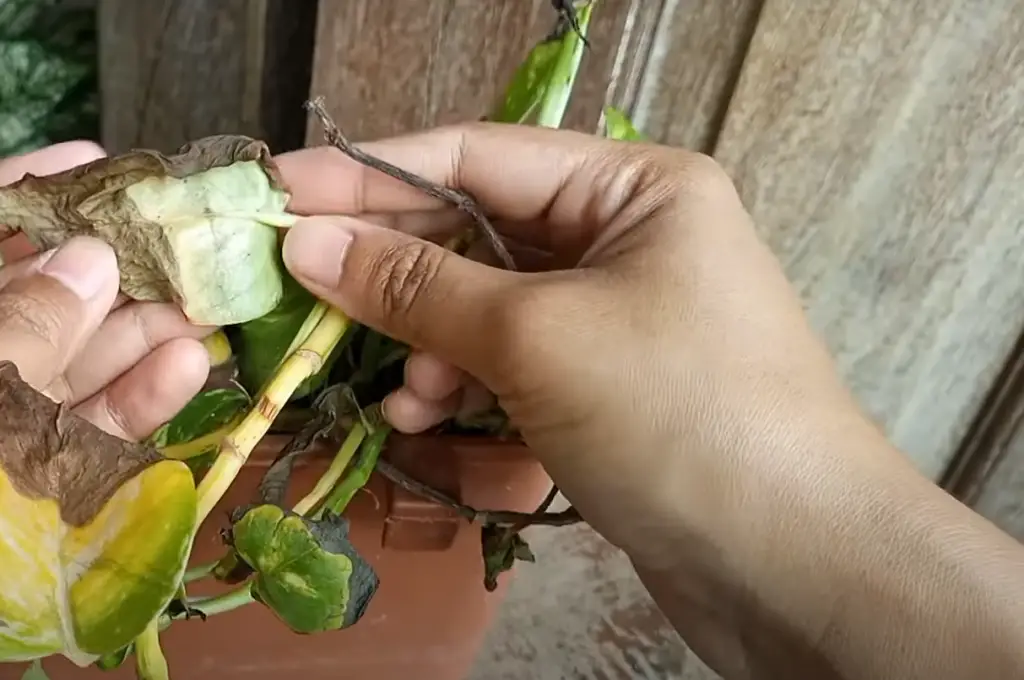
Fertilizing is an important part of keeping your Gardenia healthy. Feed it regularly during its active growth phase (April through September) with a balanced fertilizer specifically formulated for acid-loving plants like rhododendrons and azaleas. Be careful not to over-fertilize — too much fertilizer can lead to an unhealthy buildup of salts in the soil that may end up harming your Gardenia instead of helping it.
Finally, prune your Gardenia lightly each spring, removing any dead branches and thinning out any overcrowded areas. Pruning helps to promote healthy new growth and keep your plant looking its best.
Causes of Wilting
Wilting gardenias may have several causes, including inadequate watering, pest infestation or diseases. If your gardenia is wilting, you should first check the soil moisture and see if it’s too dry. You can also inspect your shrub for any kind of pests that may be causing stress to the plant. Diseases such as bacterial wilt and root rot could also be responsible for wilting gardenia.
Not Enough Humidity
One of the biggest concerns when it comes to reviving a dying gardenia is humidity. Gardenias need a lot of moisture in order to thrive and will suffer if there isn’t enough humidity in the air. To help increase the humidity levels, you can mist your plant with water several times a day or place a humidifier near your gardenia. Additionally, placing pebbles beneath your plant’s pot and keeping it away from drafts will also help create an environment that’s more conducive to healthy growth.
Altitude Backslapping
Gardenias grown in mountainous or hilly regions can suffer from altitude backslapping. This occurs when the plant cannot adjust to the changing temperatures and pressure of higher altitudes. The result is that leaves turn yellow, droop, and eventually drop off the plant. To help your gardenia revive, you’ll need to do some altitude backslapping of your own!

The first step in reviving a gardenia suffering from altitude backslapping is to bring it down to an area with a lower elevation. If this isn’t possible right away, then you can try some other tricks such as misting the leaves every morning with lukewarm water and covering them at night with plastic sheeting or a burlap bag for protection from the cold.
Also, try to reduce the amount of heat and sunlight that your gardenia receives by providing shade if possible. Additionally, you should reduce watering frequency — watering once a week or even every two weeks is usually sufficient for gardenias suffering from altitude backslapping. And be sure to fertilize with an organic fertilizer such as fish emulsion or seaweed extract to keep the soil nourished and encourage new growth.
Wilting due to too much sunshine
If your Gardenia is wilting due to too much sunshine, the important thing to do is to move it into a shadier spot. Make sure the soil in its new location is also moist and well-draining. To ensure that your Gardenia continues getting enough sunlight, you may need to rotate it every few days so that it gets even amounts of light from all sides.
Too Much Shade
Sometimes a gardenia’s death may be the result of too much shade. While gardenias do thrive in partial shade, too much can leave them looking poorly and deprive them of enough light to produce blooms. To revive a gardenia from too much shade, move it to an area with more sunlight or supplement its light with artificial illumination. Be careful not to put the plant directly into full sun as this could burn it further.
Additionally, some plants may need additional protection from wind when being moved out of shady areas so they don’t become stressed and dehydrated by sudden exposure to direct sunlight. If needed, provide temporary shielding such as placing stakes around the plant or covering it with burlap until it acclimates better to its new home.
Finally, supplement any light with a fertilizer that is specifically formulated for acid-loving plants such as gardenias. This will help the plant absorb more nutrients and retain moisture better in its new environment. In addition to this, prune the plant by removing dead or damaged branches to create an open shape and increase air circulation around the plant. This will reduce humidity levels which can further stress out the fragile gardenia and promote healthier growth overall.
Wilting due to overhead water loss
If you’ve noticed that your gardenia is wilting and has lost its usual vibrancy, it’s likely due to water loss. Overhead watering can easily take away too much moisture from the plant, quickly dehydrating it. To revive a gardenia suffering from this type of dehydration, first check the soil to make sure that it still has some moisture locked in. If not, water the plant until the soil is damp throughout, but be careful not to overwater as this can cause root rot.
Finally, cover the entire pot with plastic wrap or place it in an area where it won’t be exposed to direct sunlight and air. This will help the plant retain moisture and eventually recover from its dehydration. With the right care, your gardenia should soon be thriving once again!Plant Diseases
Sometimes, a gardenia may appear to be dying because it has been affected by the disease. Common diseases that can affect gardenias are bacterial blight, root rot, sooty mold, powdery mildew, and leaf gall. If you suspect your plant is suffering from one of these illnesses, contact a local gardening center or an arborist for advice on how to treat the problem. Depending on the severity of the disease, you might need to use a fungicide or other chemical treatments to help restore the health of your plant.
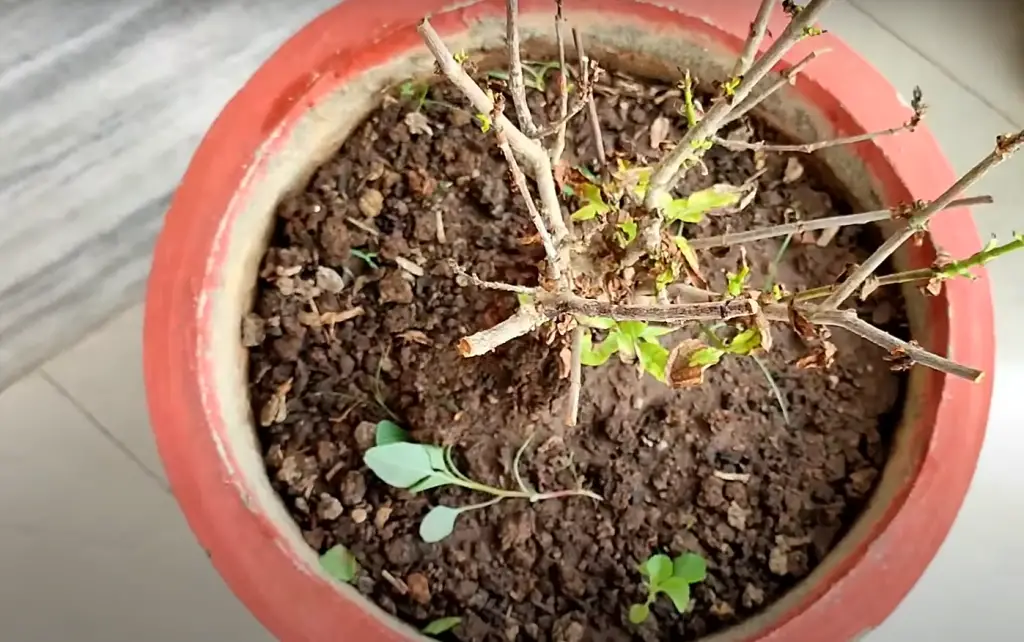
Once the disease has been addressed (if applicable), you’ll want to take steps to improve the overall environment and care of your gardenia in order to prevent similar problems from occurring in the future. Make sure your plant is getting enough light, water, and fertilizer and that the soil drains well. Pruning can also help to reduce overcrowding, which can lead to disease. With the right care and attention, you should be able to revive your gardenia and keep it healthy for years to come!
Other Causes of Dried Leaves
In some cases, the cause of dried leaves on your Gardenia is not root rot. Some other possible culprits that can be causing your Gardenia to suffer are:
- Overwatering or under-watering: This could result in a lack of moisture to support the plant’s growth and lead to dry leaves. It is important to make sure you are watering the plant correctly for it to thrive.
- Exposure to too much sunlight: Direct sunlight can damage the delicate leaves of Gardenias and cause them to become dry and discolored. If you notice this happening, try moving the plant into a shadier spot or providing it with some shade cloth or screens.
- Pests: Insects and other pests can feed on the leaves of Gardenias, resulting in dry, discolored leaves. If you see any signs of pests, take measures to get rid of them as soon as possible.
- Nutrient deficiency: A lack of certain nutrients in the soil or a shortage of fertilizer can cause the leaves of your Gardenia to become dry and discolored. Make sure to use a well-balanced fertilizer for your plant and ensure that there is enough nutrient-rich soil in its pot.
If none of these seem to be the culprit behind your Gardenia’s drying up, it might be best to consult with a professional or do some more research about what could be causing the problem.
Common Gardenia Diseases and Remedies
Gardenias can be remarkably resilient plants and are usually very easy to take care of. However, just like any plant, they’re prone to a few common diseases and pests. Identifying the problem is the first step in reviving your dying gardenia. Here’s a list of some common problems:
- Fungal Diseases: Fungal diseases such as powdery mildew or leaf spot can cause discolored spots on leaves and stems. Treat this by removing affected areas and spraying with an appropriate fungicide.
- Insect Infestation: Aphids, caterpillars, mealybugs, scale insects, thrips — these tiny pests can do major damage if left unchecked. Treat the plant with insecticidal soap or neem oil to get rid of them.
- Root Rot: Symptoms of root rot include wilting leaves, discoloration and stunted growth. Treatment involves trimming away affected roots and replanting them in fresh soil with good drainage. Make sure you use a fungicide to prevent it from spreading further. [1]
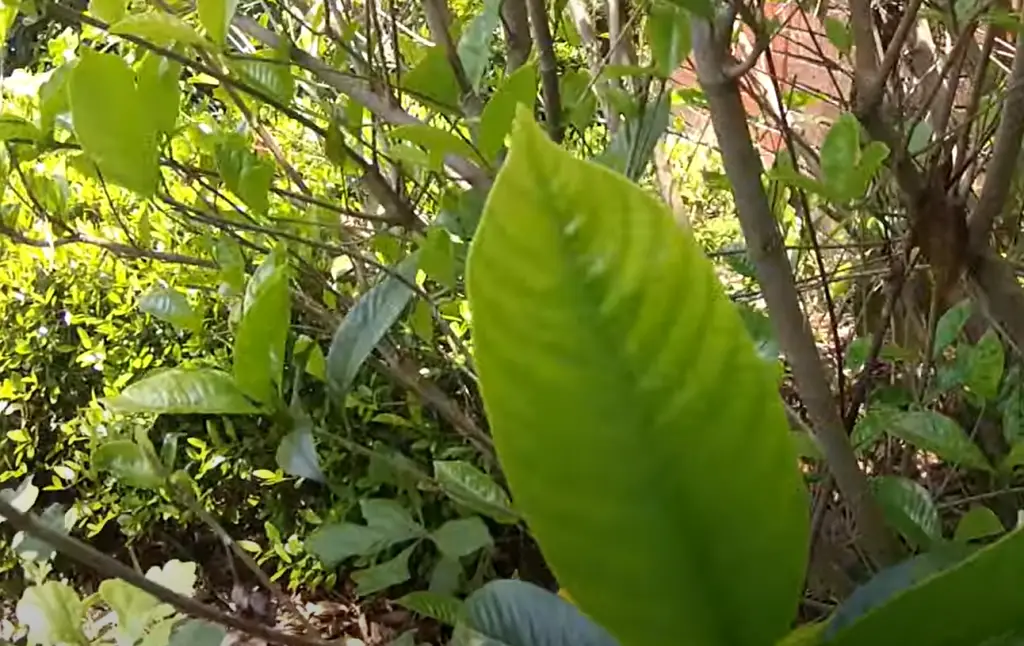
If you’ve identified the problem but are unsure how to treat it, consult your local nursery for advice. They will be able to recommend the most appropriate course of action for your gardenia. With a bit of TLC, your gardenia will soon be back to its beautiful best!
How To Revive a Dying Gardenia
If you’ve noticed your gardenia is wilting or the leaves have turned brown, there’s still hope for it! Here are a few steps to take in order to revive your precious flower:
- Examine the soil and check its moisture level. Gardenias need moist soil so if yours appears dry, water it lightly until it’s damp but not soggy.
- Check the light levels where you have placed your plant. Gardenias need lots of indirect sunlight but too much direct sun can cause leaf burning which can lead to wilting or yellowing leaves. Move your plant to a shady spot if necessary.
- Water your gardenia deeply but infrequently – wait until the soil is completely dry before you water again.
- Feed your gardenia with a fertilizer specifically for acid-loving plants to encourage new growth and healthiness.
- Follow package instructions for application.
- Prune away any dead leaves or branches and check for pests – if there are any, treat them immediately with an appropriate pesticide or natural remedy.
If you follow these steps, your gardenia should start looking healthy and happy again soon!
Remove Plant From the Soil
The first step to reviving your gardenia is to remove it from the soil. Carefully dig the roots out of the soil and make sure they are kept intact while doing so. Once you have successfully removed the plant, put it into a bucket with lukewarm water and let it soak for up to 12 hours. This will help soften up any hard soil that may be stuck on the root system, making them easier to clean off. After soaking, take some time to gently remove any excess dirt that may remain clinging to the roots of your plant.
Amend the Soil
When caring for a gardenia, the soil it lives in should be your first consideration. Gardenias prefer acidic soil that is rich in organic matter. The best way to check the acidity of your soil is to take a sample and have it tested at your local nursery or garden center. If the pH of the soil falls between 4.5-6, then you are good to go! If not, amend the soil with sulfur or an organic material like peat moss or compost until you reach the desired pH level.
Finally, make sure that your flower bed drains properly for optimal gardening success!Remove Dead Roots and Leaves From the Plant
The first step to reviving a dying Gardenia is to remove any dead roots and leaves from the plant. This helps ensure that the new growth will be healthy and not affected by any diseases or pests that may have been present on the old foliage.
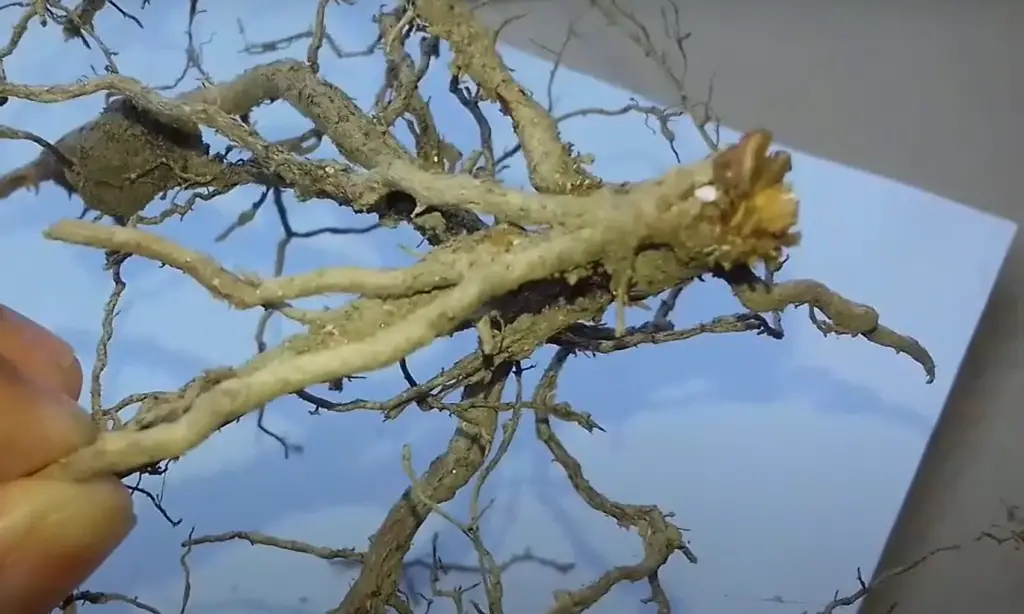
To do this, you’ll need to carefully inspect your Gardenia for dead or discolored foliage. If you find any, then use pruning shears or scissors to cut away the affected areas, making sure to get rid of all of it. Once you’ve removed all of the damaged parts, you can begin working on restoring your plant’s health.
Replant the Gardenia
If your gardenia has been in the same spot for a while, it might be time to replant it. This could be as simple as transplanting the plant into a larger pot with more soil or finding a new outdoor location where it will get more sunlight and air circulation. When you prepare to move your gardenia, make sure you have the necessary materials on hand: loam-based compost, new pots if needed, and an appropriate-sized shovel. If necessary, you can also add a bit of fertilizer to give your plant a boost. Make sure you water it immediately after planting and keep up with regular watering for about two weeks until the plant is re-established. With the right amount of care, your gardenia should be able to recover and thrive in its new environment.
Water the Plant on a Schedule
One of the main things you need to do when trying to revive a dying Gardenia is to water it on a schedule. The amount of water and frequency of watering can vary depending on your climate – so be sure to check with an expert or your local gardening store. Generally, plants in warmer climates will require more frequent watering than those in cooler climates. Make sure that the soil is moist but not wet, as too much moisture can lead to root rot.
It’s also important to use proper drainage for your gardenia; standing water around its roots could cause serious problems. If you’re using a pot, make sure there are holes at the bottom for the excess liquid to escape through, and consider using raised beds or other elevated planting surfaces if you plan on putting your gardenia in the ground.
Finally, make sure to give your plant enough water to reach all areas of its root system. This will help ensure that it gets the nutrients and moisture it needs to stay healthy. With proper watering and drainage, you’ll be well on your way to reviving a dying Gardenia!
Watering Tips for Gardenias
Watering is one of the most important aspects of caring for a gardenia. The soil should be kept evenly moist, but not soggy or overly dry. Water your gardenias early in the morning to reduce evaporation and prevent mildew from forming on their leaves. Make sure that you water the entire root system rather than just the surface of the soil as this will encourage steady growth and help prevent disease. If you are using a sprinkler system, ensure that it’s set on a timer to provide consistent watering. Also, consider investing in an adjustable hose nozzle so that you can direct the water where it is needed most in your gardenia plants. Additionally, keep an eye out for brown spots or wilting leaves which could indicate overwatering or underwatering and adjust your watering routine accordingly.
Finally, if your gardenia is in a pot, be sure to empty the saucer beneath it after each watering session. This will prevent waterlogging of soil as this can lead to root rot as well as other plant diseases.
Care
If you want to revive your gardenia, it is important to provide the right care for it. Gardenias need a lot of water and prefer soil that is slightly acidic with a pH between 5 and 6. They like full sun but can do well in partial shade as long as they get at least 4 hours of direct sunlight per day. Fertilize your plant every two weeks during the growing season with a slow release fertilizer specifically formulated for acid-loving plants. Prune your shrub lightly in late winter or early spring after flowering has finished. This will encourage new growth and rejuvenate the shrub. Make sure to use sharp, clean pruning shears and never prune more than one-third of the total foliage of the shrub at once.
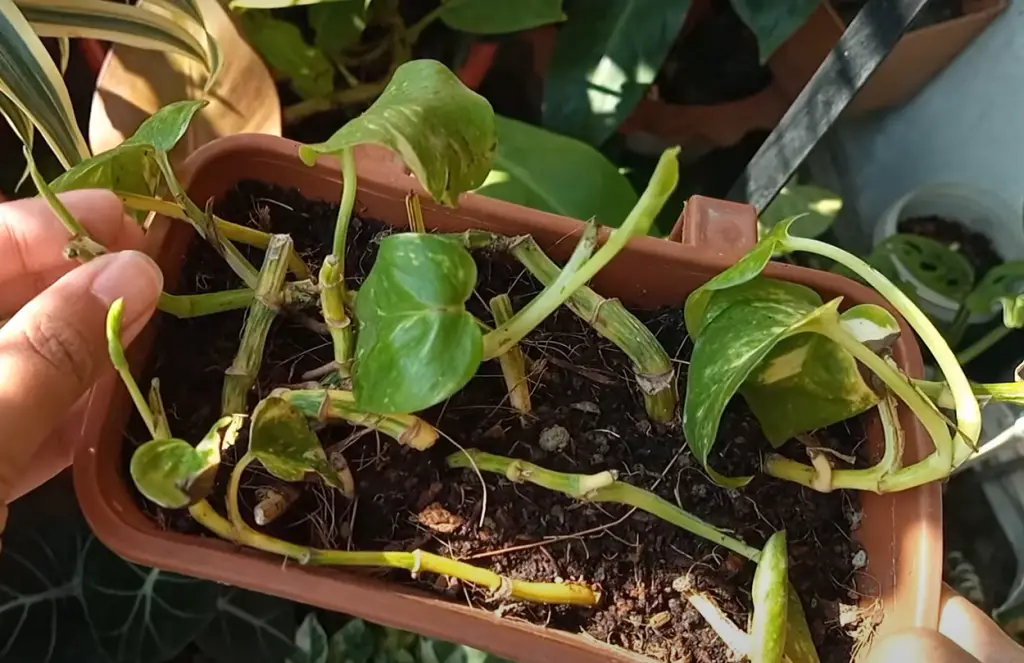
In addition to regular care, it is important to monitor your plant for signs of disease and pests. Common diseases affecting gardenias include stem and root rot, botrytis blight, powdery mildew, and sooty mold. These can cause yellowing leaves or brown spots on the foliage and should be treated with a fungicide or other appropriate treatment according to instructions provided by the manufacturer. Gardenias are also susceptible to attack from insects such as aphids, mealybugs, mites and scale which can all be treated with an insecticidal soap or horticultural oil spray if necessary.
Finally, make sure that you keep your gardenia in its ideal environment inside your home or outdoor garden. Provide optimal care and watch for signs of disease or pests to keep your gardenia looking healthy and beautiful for years to come. With the right attention and guidance, you can revive even the most neglected gardenia in no time!
Gardenia Problems That You Can Prevent
Gardenias can be affected by a few common problems that you can prevent. The most frequent one is poor drainage and overwatering. If your gardenia’s soil is too moist, it will cause root rot which leads to yellow leaves. To make sure this doesn’t happen, it is important to check the moisture level in the soil regularly and ensure there is proper drainage.
Too much nitrogen fertilizer can also cause yellow leaves on Gardenias, so avoid over-fertilizing your plant. Additionally, if temperatures are too warm or too cold for an extended period of time, this could lead to yellowing of leaves as well. Consider providing some shading during extremely hot days or bringing the pot indoors when temperatures get below 45 degrees Fahrenheit.
Pests and Diseases
Pests and diseases can also cause a gardenia to become sick. Pests such as aphids, mealybugs, whiteflies, scale insects, spider mites and thrips will suck the sap from the leaves, causing them to curl and die off. Diseases such as root rot or powdery mildew can also affect a gardenia’s health. Additionally, watch out for signs of any fungal diseases that may appear on the stems or leaves of the plant. If you notice any of these issues with your gardenia, inspect it carefully before attempting to revive it using one of the methods listed above. You may need to use insecticides or fungicides to treat infestations of pests or diseases in order to save your plant.[2]
Insufficient Light
If you think your Gardenia is not getting enough light, move it to a brighter location. It needs direct sunlight for at least six hours a day during its active growing period in spring and summer. In winter, the plant will need less light but should still receive some natural daylight every day. Make sure to protect it from strong winds and avoid full exposure to the sun in hot climates – or else your Gardenia may suffer from scorching and dehydration.
Soil pH
Next, you’ll need to check the soil pH of your gardenia. Gardenias prefer a soil pH between 4.5 and 6.0 — above or below this range can cause leaves to yellow and eventually drop off due to nutrient deficiencies.
To test your soil’s pH, you will need a soil testing kit—these can be found in most home improvement stores. Simply follow the instructions on the testing kit to determine your gardenia’s current soil pH levels. If the levels are above 6.0 or below 4.5, you may want to consider amending it with sulfur-based products like iron sulfate or aluminum sulfate to lower its pH level (or limestone or dolomite lime to increase it).

This is an important step in reviving your gardenia, so be sure to take the necessary steps to adjust the soil pH if needed. Doing this will help ensure that your plant is able to absorb the nutrients from its environment more effectively and make a comeback!
FAQ
Why do my gardenias look dead?
There are many factors that can cause gardenias to look dead, including over-watering, under-watering, and infestation by pests or diseases. Poor soil quality or incorrect fertilization can also contribute. It’s important to carefully assess what might be the root of the problem in order to revive your plants. [3]
How do I know if my gardenia is dying?
One of the first signs of a dying gardenia is wilting leaves. If the foliage looks limp and droopy, that’s usually a tell-tale sign that your plant isn’t getting enough water. Check the soil to ensure it’s moist before watering your gardenia.
Another common symptom is yellowing leaves, which can be caused by too much fertilizer or if your plant isn’t getting enough light. Make sure you are only providing fertilizers when necessary and check to see if your gardenia needs more sunlight or shade depending on where it’s located in your home.
If the stems and branches of your gardenia look weak and brittle, it could be a sign of root rot. If this is the case, you’ll need to repot your plant with fresh soil and make sure that the drainage is adequate so that there’s no standing water in the pot.
It’s also important to keep an eye out for pests or diseases which could be another sign of a dying gardenia. Look for any spots on the leaves or stems, remove any bugs or larvae you find and treat your plant with an appropriate pesticide if necessary. [4]
If your gardenia is showing signs of its demise, don’t despair! With a bit of TLC and the right care, it can be brought back to life in no time. Follow our steps ahead to get started on reviving your beloved gardenia.
Will my gardenia come back?
The answer to this question is maybe. If you catch the problem early enough and have the right know-how, it’s possible to get your gardenia back on track.
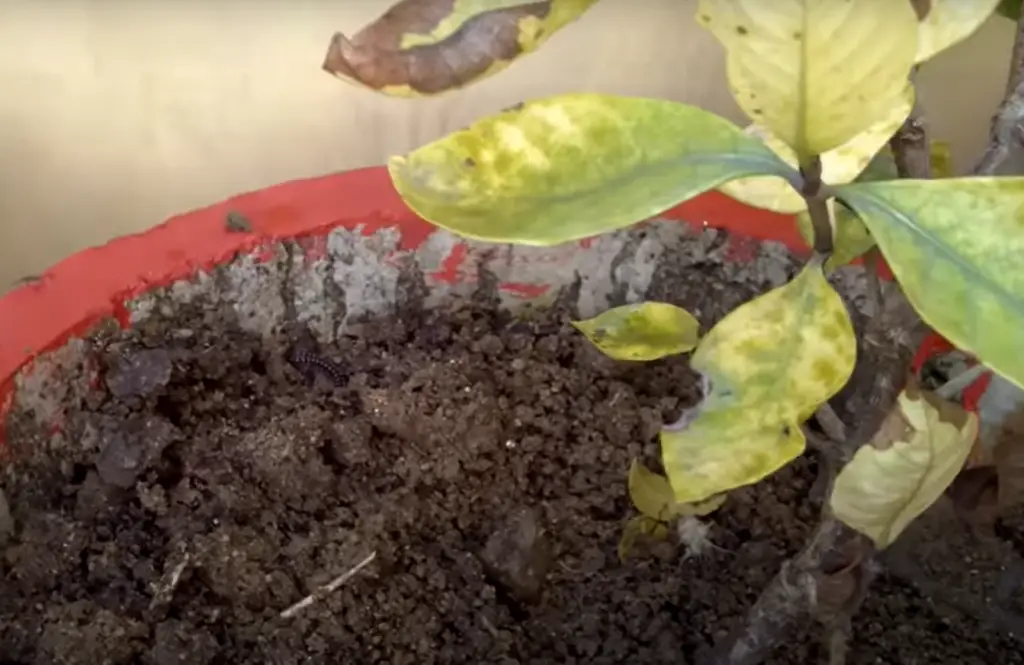
It will take some time to treat a dying gardenia, but with patience and dedication, you can bring its life back!
Why is my gardenia turning brown and dying?
Gardenias are beautiful and fragrant plants. Unfortunately, they are also very fragile and can easily succumb to environmental stressors like temperature extremes, waterlogging or overfertilization. Other common causes for browning or wilting leaves include fungal diseases, insect infestations, or nutrient deficiencies. If your gardenia is turning brown and dying, it’s important to identify the cause before attempting to revive it. [5]
Useful Video: How do you revive a gardenia plant?
Conclusion
When it comes to reviving a dying gardenia, the key is to be aware of the symptoms and act quickly. Diligent monitoring and care are essential to keeping your gardenia healthy and vibrant. Make sure you water your plant regularly, as well as provide adequate light and fertilizer for its needs. In addition, pruning off any dead or diseased branches can help improve overall growth. If all else fails, it may be time to bring in an expert that can diagnose the problem more accurately and give better advice on how best to revive your beloved gardenia. With patience and TLC, you’ll have that beautiful blooming plant back in no time! Good luck!
References:
- https://plantophiles.com/plant-care/how-to-revive-a-dying-gardenia/
- https://www.evergreenseeds.com/overwatered-gardenia/
- https://smartgardenguide.com/gardenia-dying/
- https://www.bhg.com/gardening/trees-shrubs-vines/shrubs/yellow-leaves-on-gardenia-bush/
- https://www.gardenia.net/guide/gardenia-leaves-turning-brown





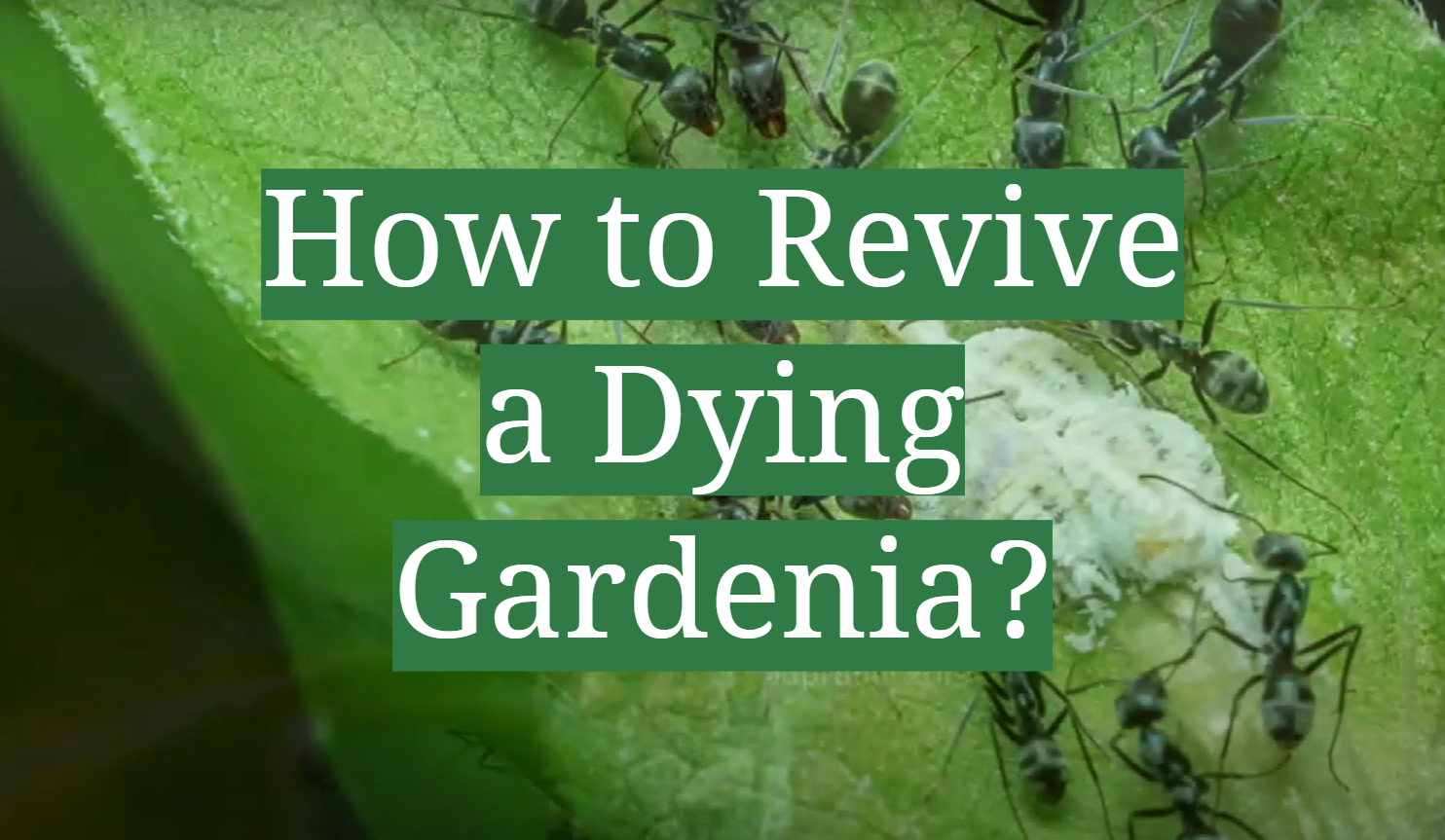
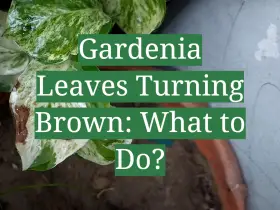

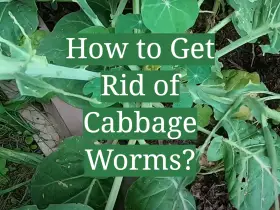
Leave a Reply
View Comments